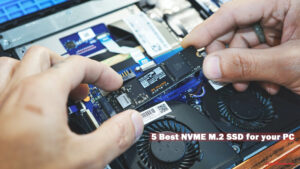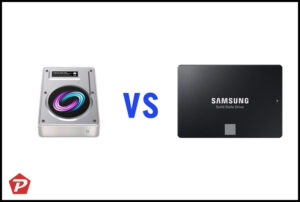Quick Links
Introduction
One of the most critical and ravishing aspects of the 21st Century is that technology has evolved at such a fast pace that it has almost surpassed the human mind. There is always a debate between the creator and its creation. Humans majorly focused on the nature of advanced technology solely because one individual cannot retain and hold a wide range of information and perform multiple activities as opposed to a single electronic device.
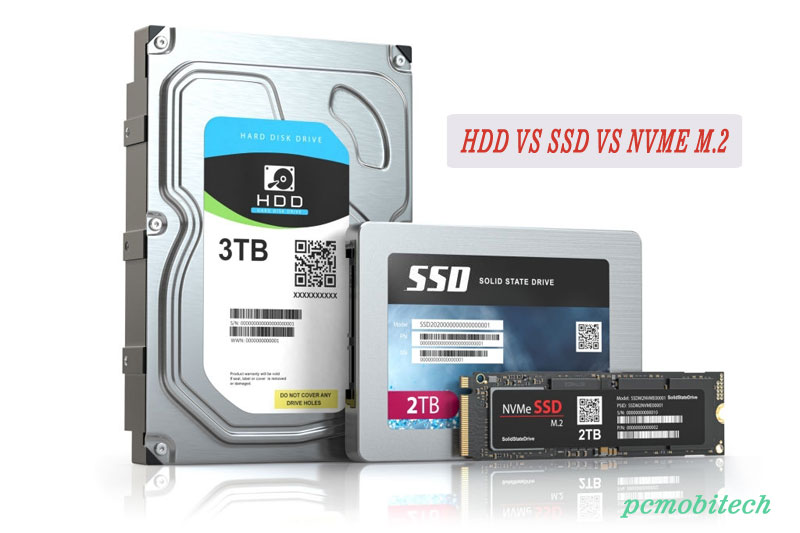
The storage devices contain information about millions of encyclopaedias and History books. With time, traditional Hard Disk Drives (HDDs) have been replaced by Solid State Drives (SSDs). Faster flash memory technology is also available for the consumer market, as Non-Volatile Memory Express (NVMe). In this article, we will majorly discuss these three drives, so that you know which the best is!
The Hard Disk Drives (HDDs)
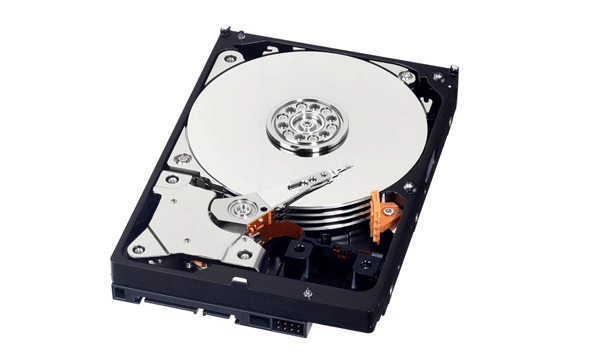
This traditional, spinning hard disk drive is a type of electromechanical storage machine which stores data. The disk which is coated with magnetic material manages a magnetic storehouse to collect and retain digital information. This mechanical hard disk drive has been in use for more than five decades and is comparatively cheaper. With time, it has been dramatically modified, resulting in a decrease in its physical size and an increase in storage capacity. The hard disk drives typically make use of spinning disks to write and read data.
The Solid State Drives (SSDs)
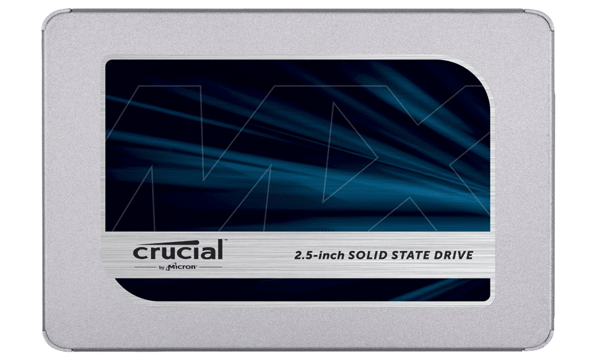
Unlike the traditional Hard Disk Drives, the Solid State Drives do not have moving parts in them. It is not mechanical, unlike the spinning disk used in HDDs. This particular feature saves the SSDs from further wear and tear or any damage. It is also 1.5 times costlier than the traditional HDDs and is also five times faster.
Non-Volatile Memory Express (NVMe)
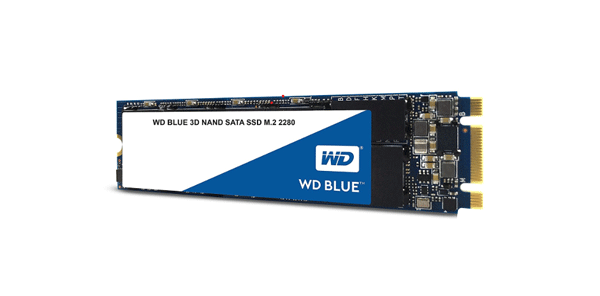
Compared to legacy protocols, it is a newer protocol. It has access to high-speed storage media. This interface supports and manages the needs of new-age systems for its utilization of PCI Express solid-state drives. It is faster than any other drive and is way ahead.
Check More: 5 Best NVME M.2 SSD For Your PC
Which is the best? – HDD Vs SSD Vs NVMe
Many photographers still have their faith in a hard disk drive, preferably because of the storage space provided by them. Photographs and videos require a lot of storage space, and the hard disk drives are available at a very affordable price; hence it is quite economical. It is always a confusion regarding whether to choose the fastest but with smaller storage space solid-state drives or a hard disk drive with a large storage capacity. What adds to this confusion is the introduction of Fusion drives which work as a fusion of both SSD and HDD.
It is a bit difficult to conclude, which is the best, as it all depends on the users’ needs.
If you want to store hundreds and thousands of documents or RAW videos and images, it is advisable and more likely to go for the hard disk drives. If you are not entirely a professional and do not need to store a vast number of documents, images, and other files, fast flash drives and solid-state drives are usually recommended.
If you have a business and need to store a huge number of documents as well as you need to have access to high-speed data, it is recommended to have both hard disk drives as well as solid-state drives. The Solid State Drives tremendously helps you to save time making your work more efficient. Quick backup is an added advantage.
What can be done is already edited image catalogs can be stored in the fastest flash drive or the solid-state drive whereas RAW files of images and videos can be stored in hard disk drives. It works like magic if you are professionally involved.
Comparison between HDD, SSD, and NVMe
Based on their performance
Although SATA SSDs might work quicker than you expect, they are always held back by the SATA interface. Therefore, the M.2 and PCI Express drives, and highly optimized NVMe control protocol, win over the others.
Based on their capacity
If you are focusing entirely on storing RAW files of images and videos, the old hard disk drives easily surpass the newer and faster solid-state drives and non-volatile specialized express. The magnetic specialized with time have been specialized and modified to provide more and more storage spaces. The hard disk drives are also available at quite an affordable price!
Non-Volatile Memory Express (NVMe) M.2 to the win. Know why!
NVMe is an interface protocol built mainly for solid-state drives (SSDs). It comes with the characteristic feature of more storage space rendering HDD related interfaces such as SATA and SAS useless.
NVMe is a host controller interface that supports and manages the needs of enterprise and client systems for its utilization of PCI Express solid-state drives.
The SSDs are generally used in smartphones and tablets owing to their faster speed. These are also more expensive. The SSDs sometimes used as memory caches along with the HDDs to boost the computer’s speed.
NVMe tremendously supports in-depth and independent queues. NVMe has made its place in the consumer market. It uses the PCIe technology to transport data to and fro the SSD and the CPU.
While traditional HDD’s speed is limited to 160 MB/s, SATA III SSD’s to 600 MB/s, the NVMe M.2 SSD has a speed of about 3500 MB/s. The NVMe is actually seven times faster than the SATA HDDs and four times faster than the SATA SSDs.
The NVMe does not work when it comes to old and traditional computers. However, if we have a newer version and you have planned to settle for nothing but the best, NVMe is the ultimate answer. You have to spend a little more than what you would spend on traditional HDDs or SATA SSDs.
Bottom Line!
NVMe is the best one to use if you plan to spend a little more to get the best. However, you should keep in mind that NVMe will not work if you have the old traditional computer.
What you need to do is upgrade your technology and you are good to go!
When you purchase through links on our site, we may earn an affiliate commission. Read our Affiliate Policy.


